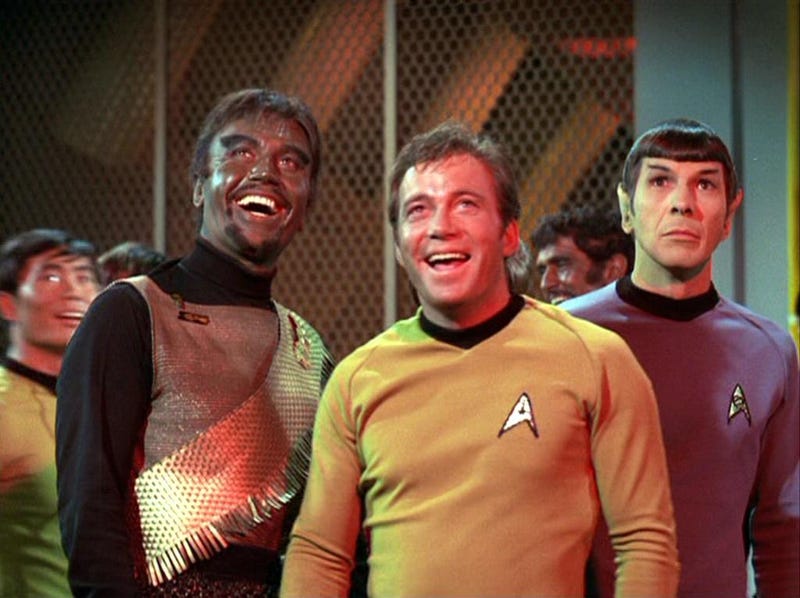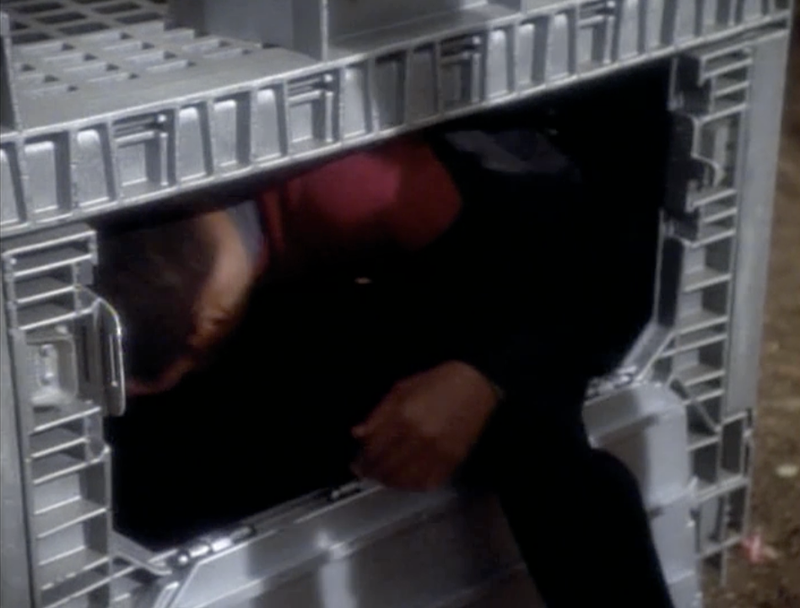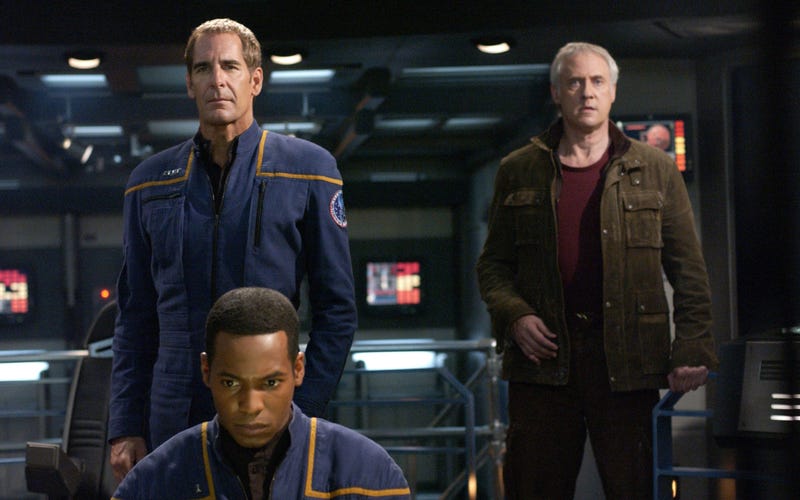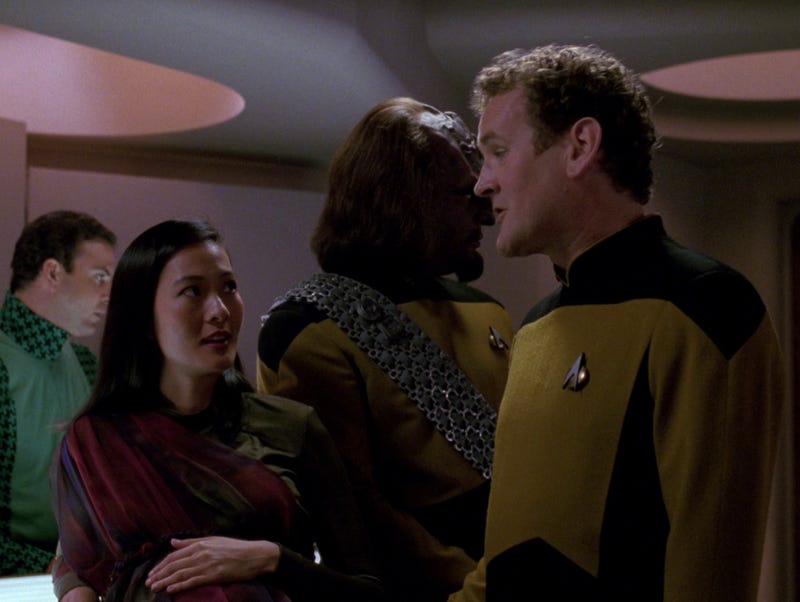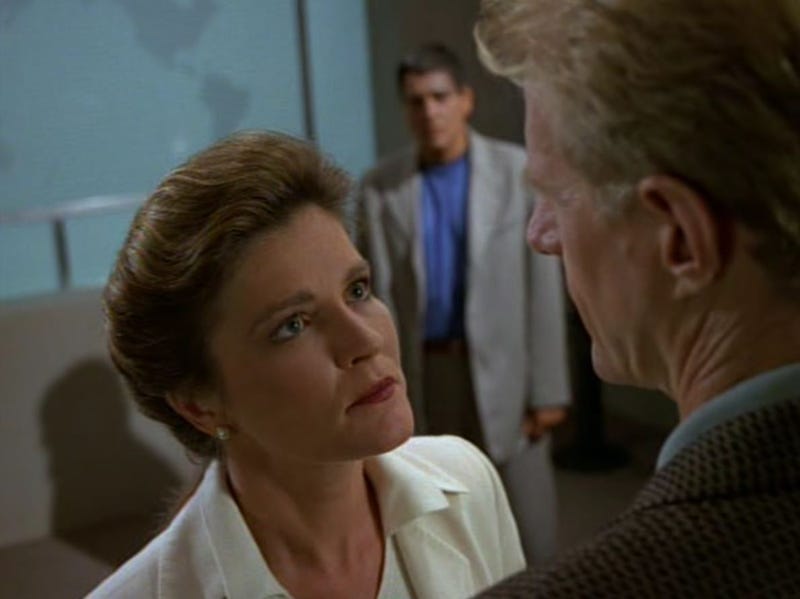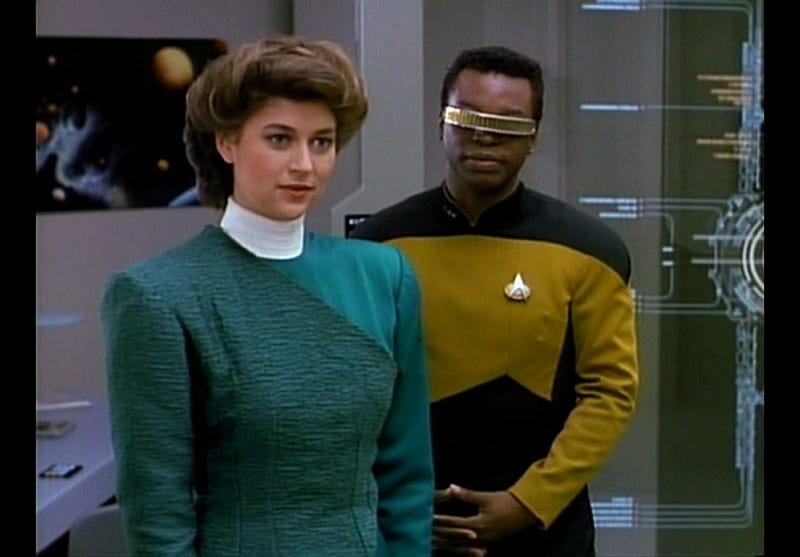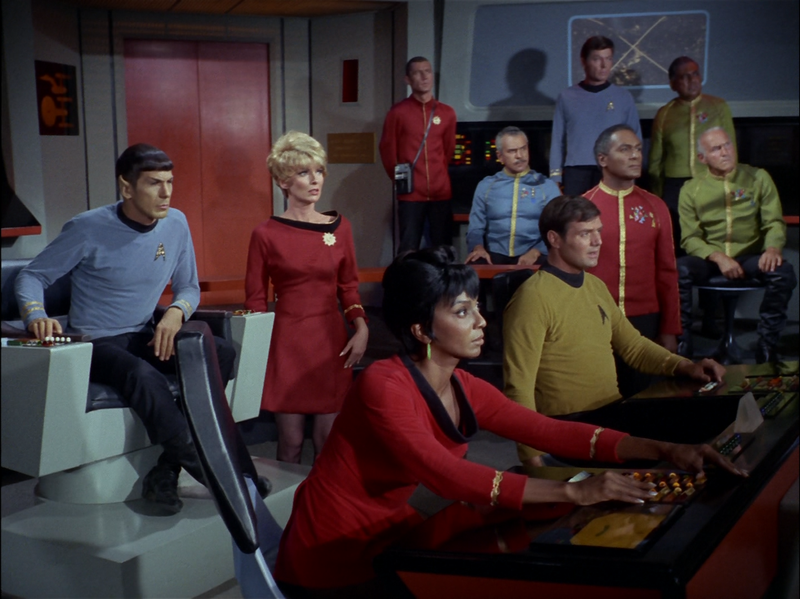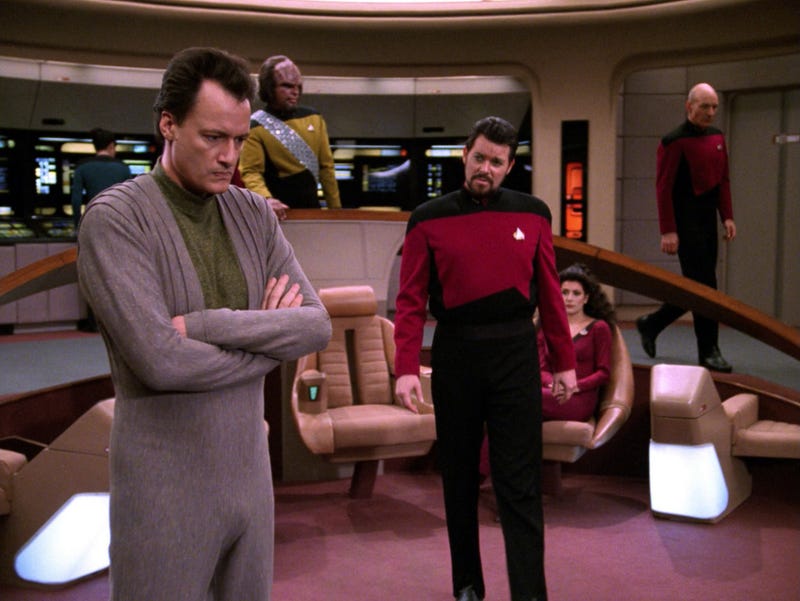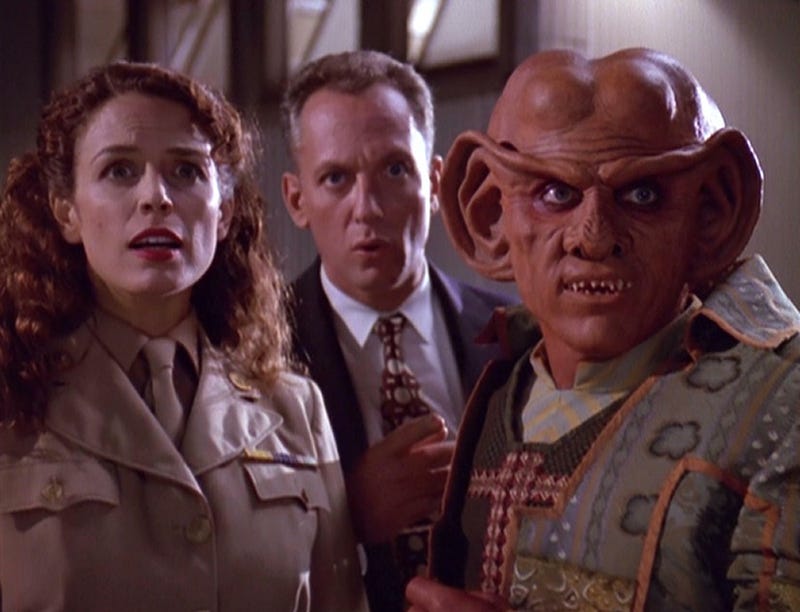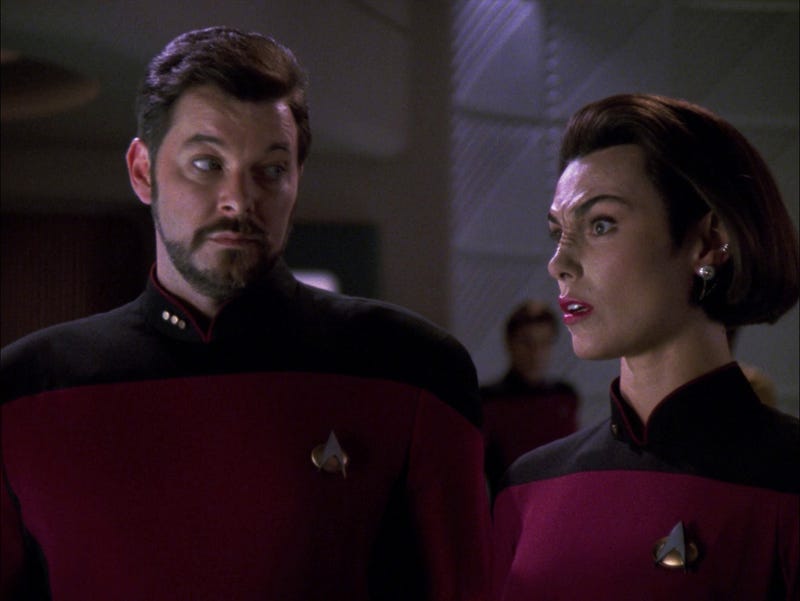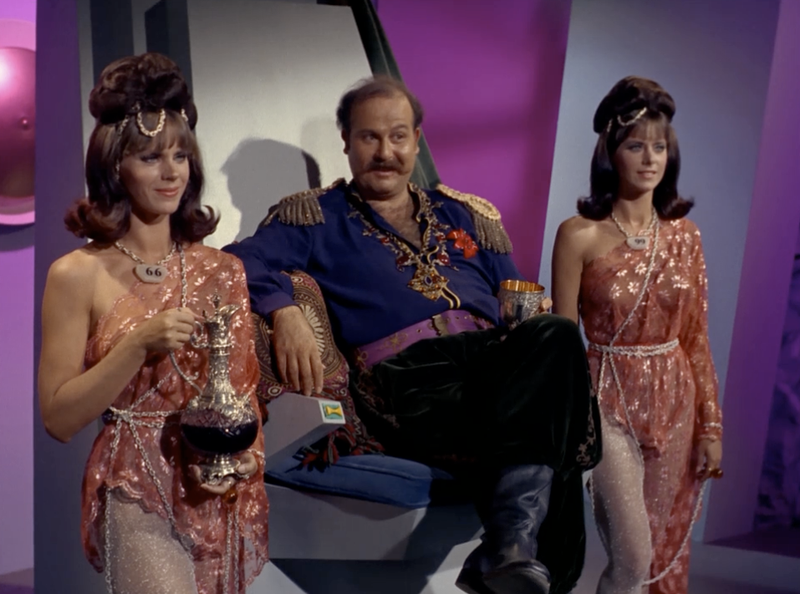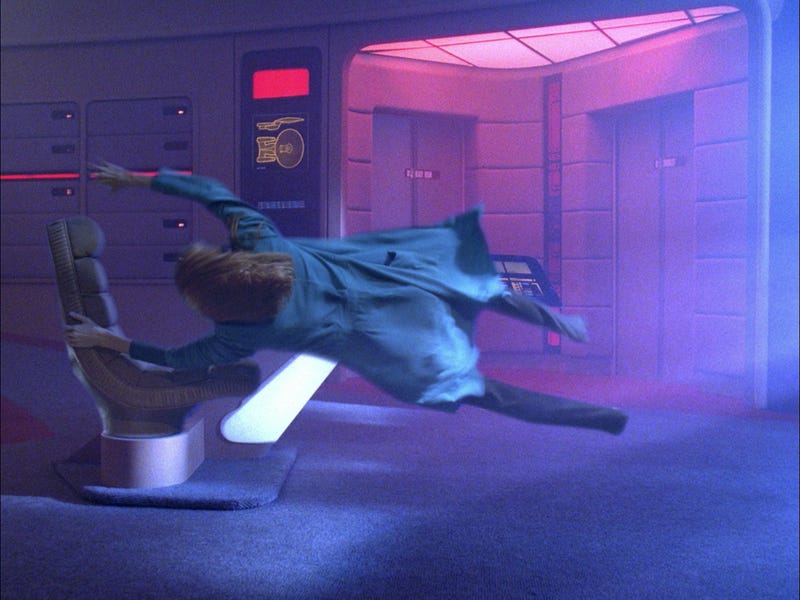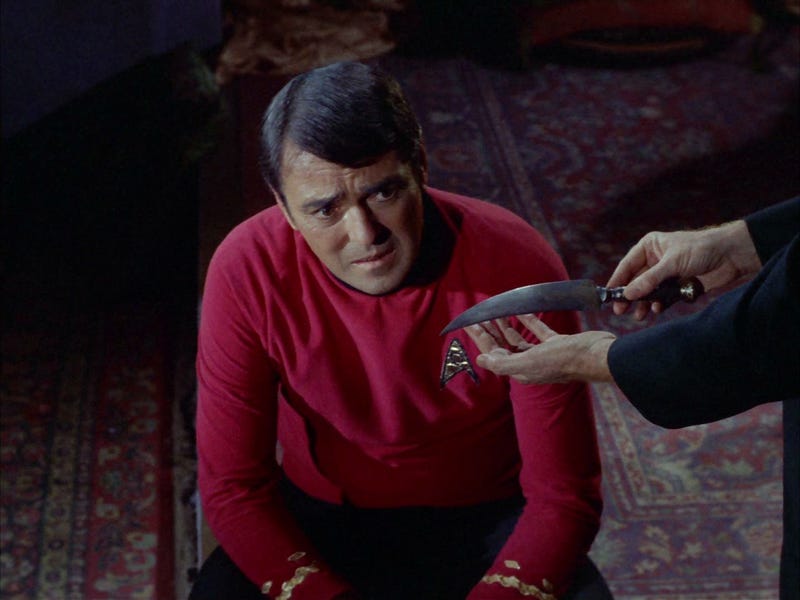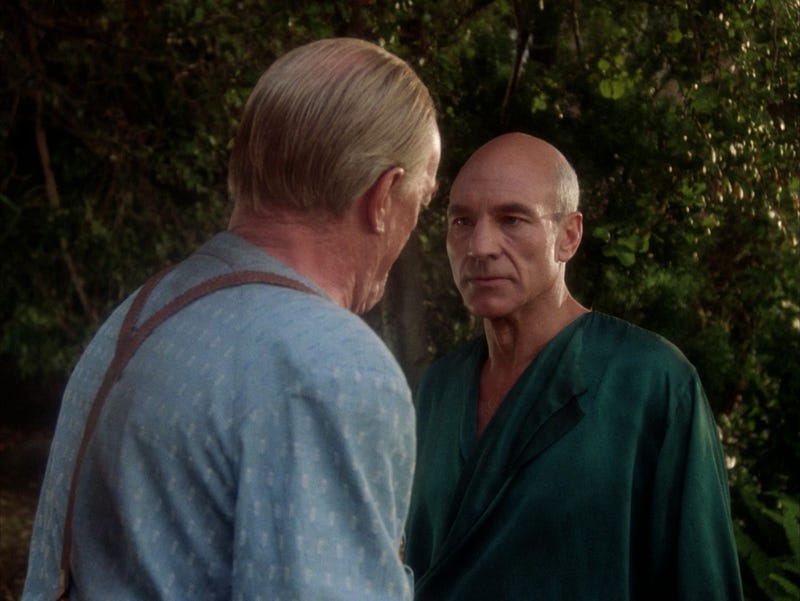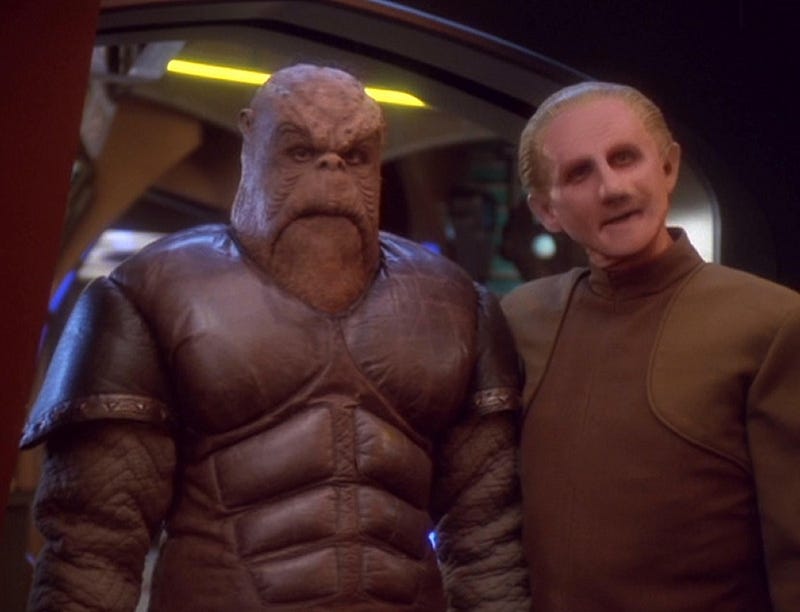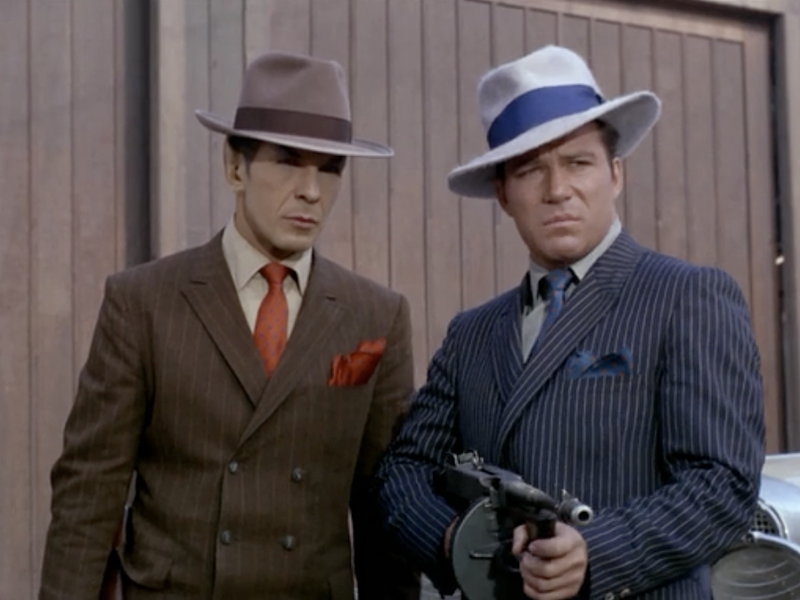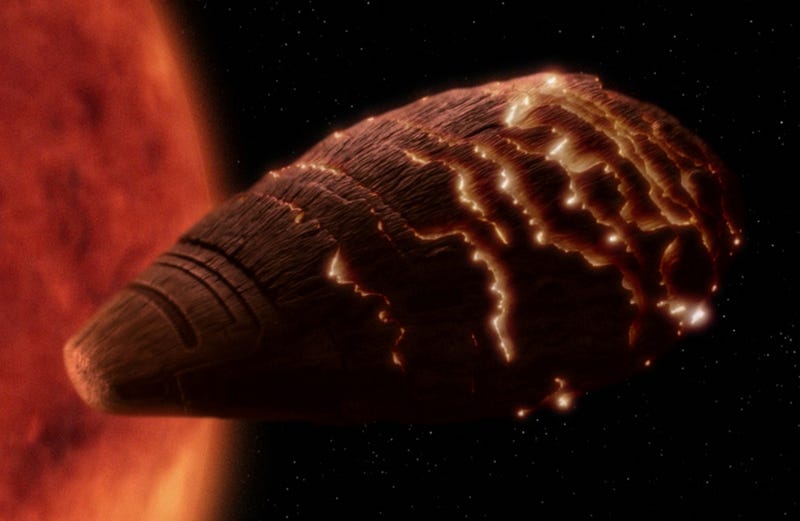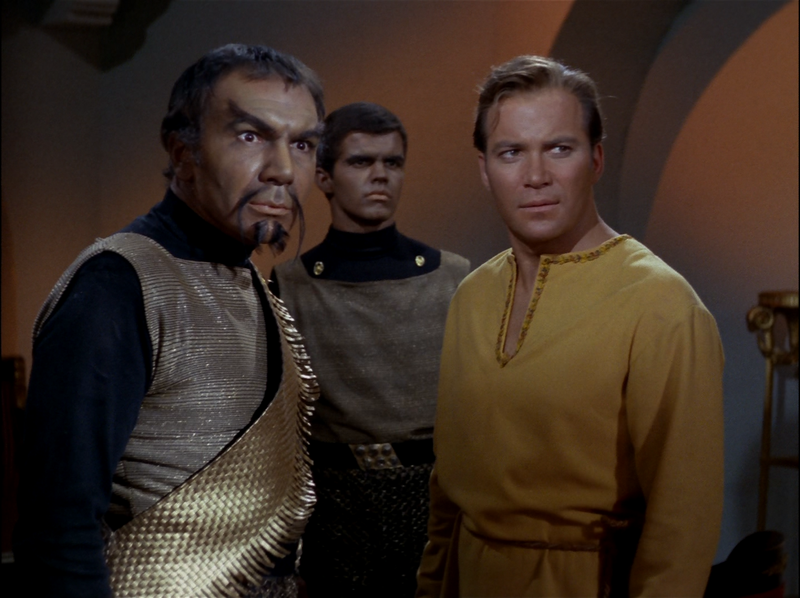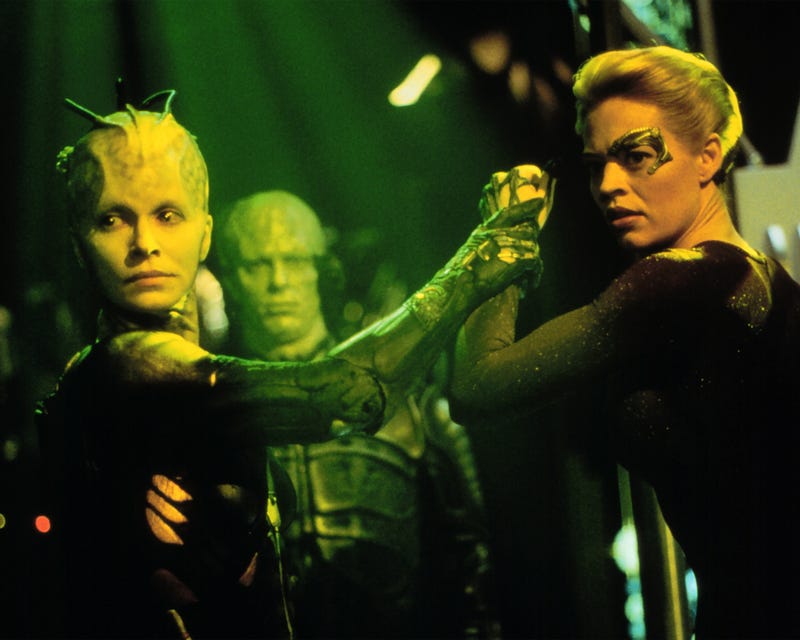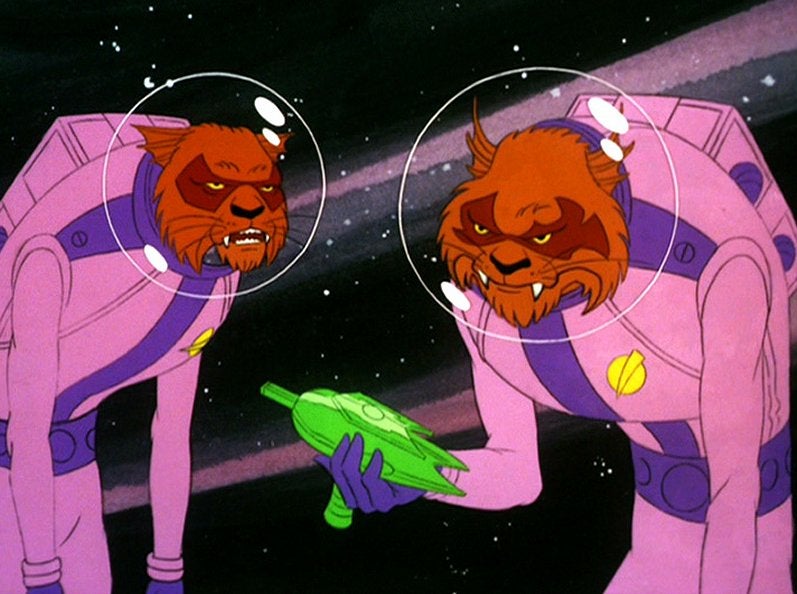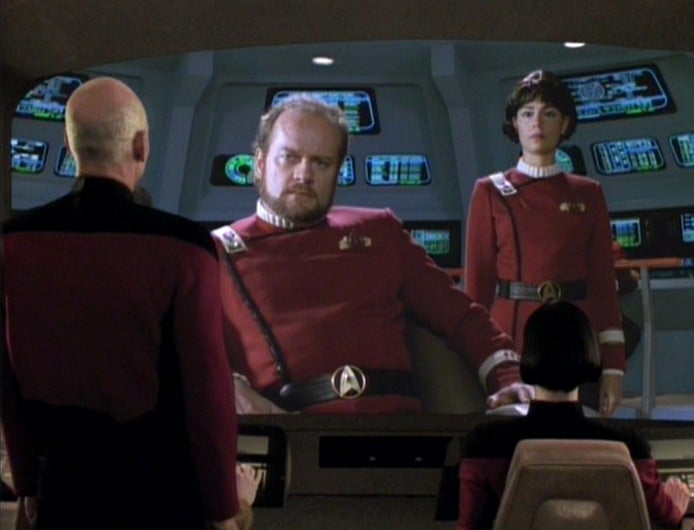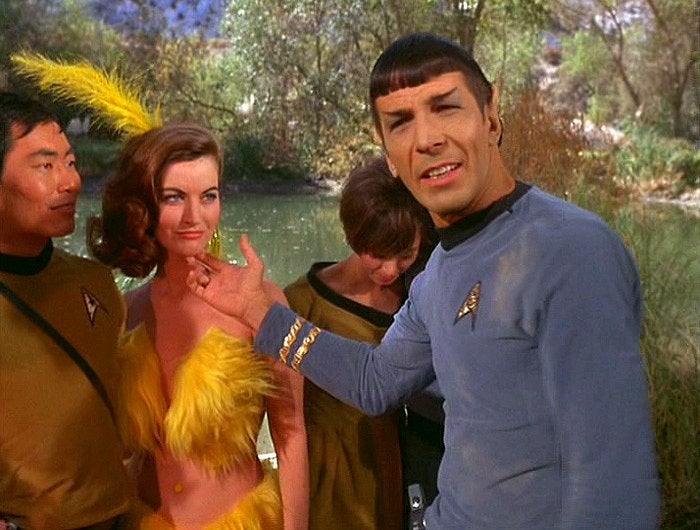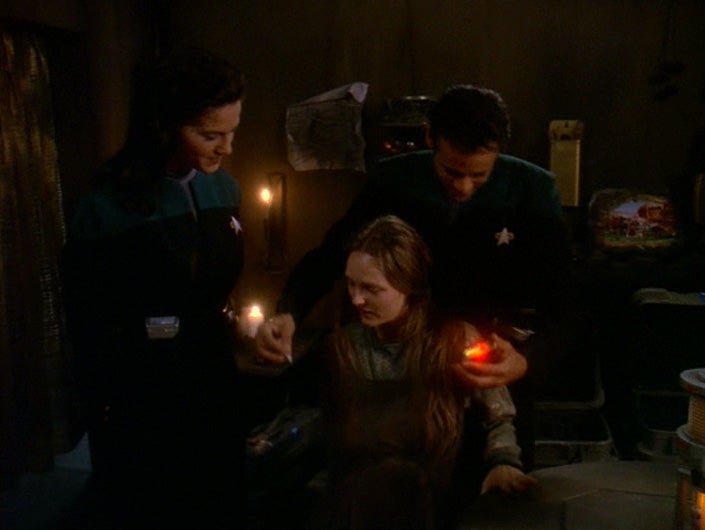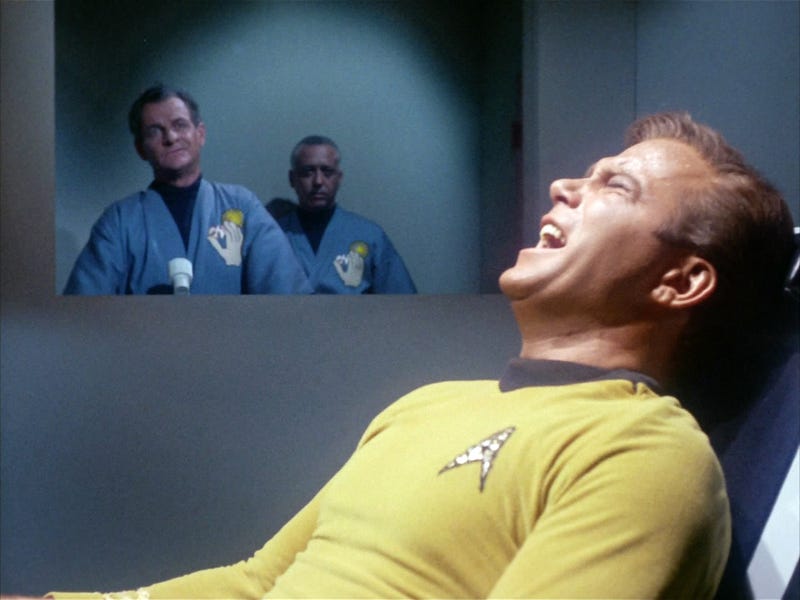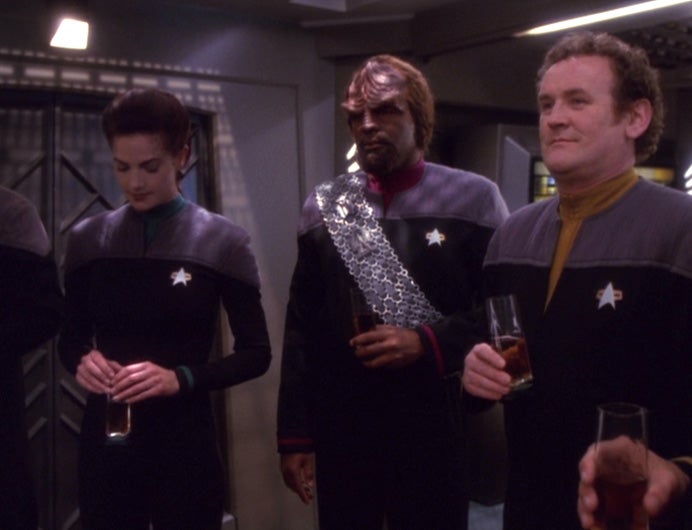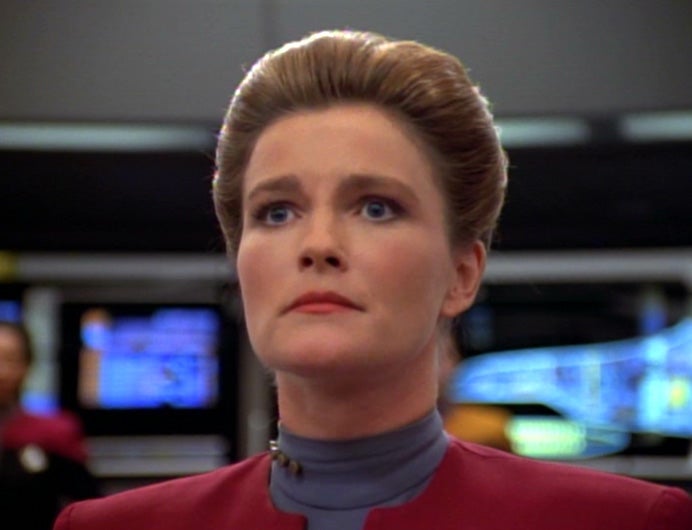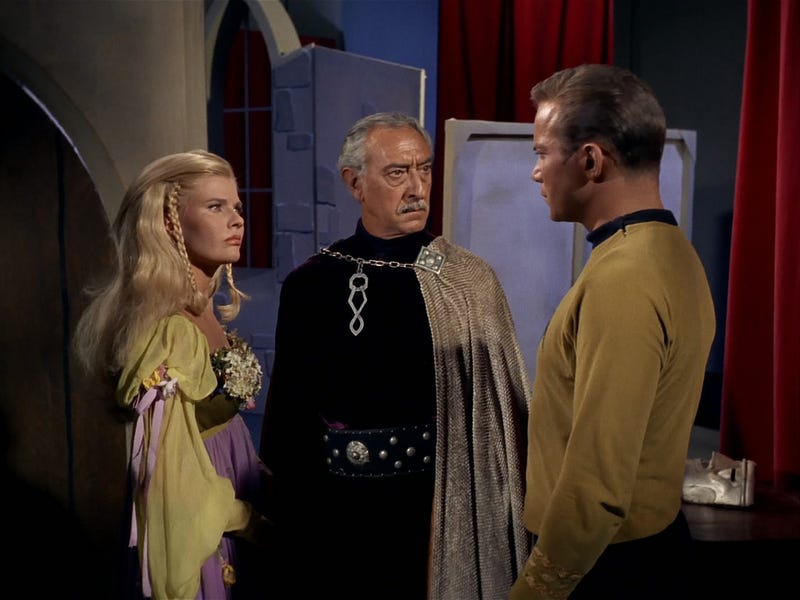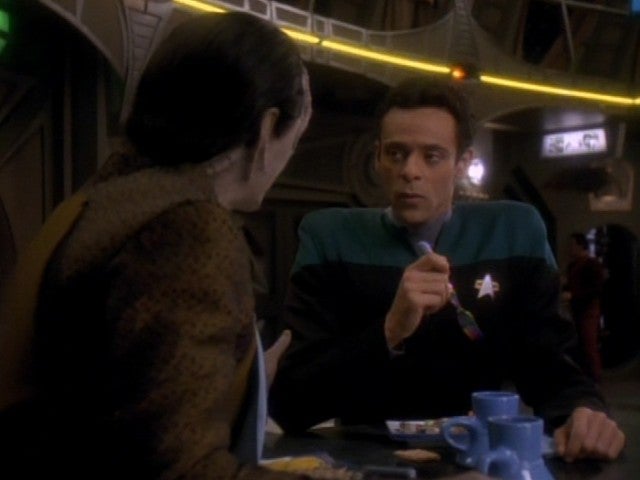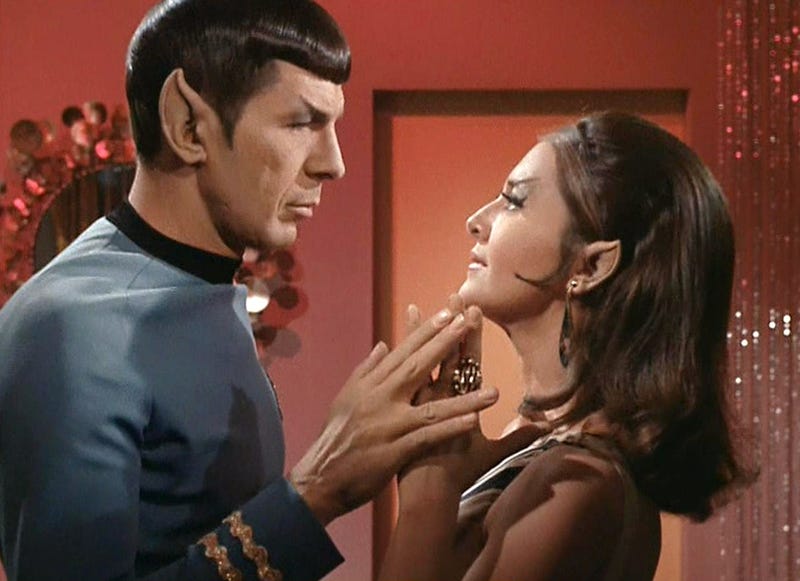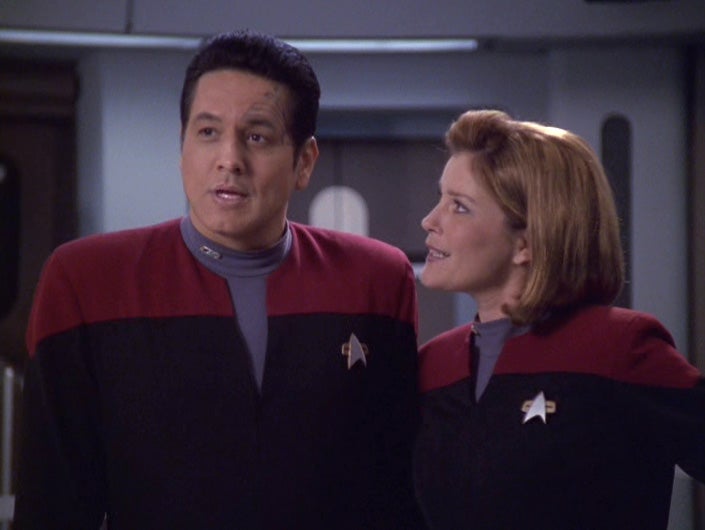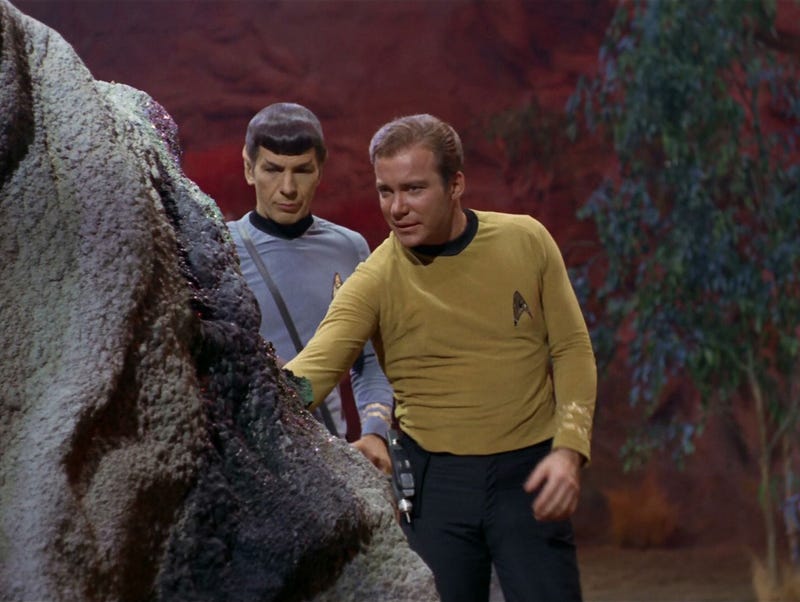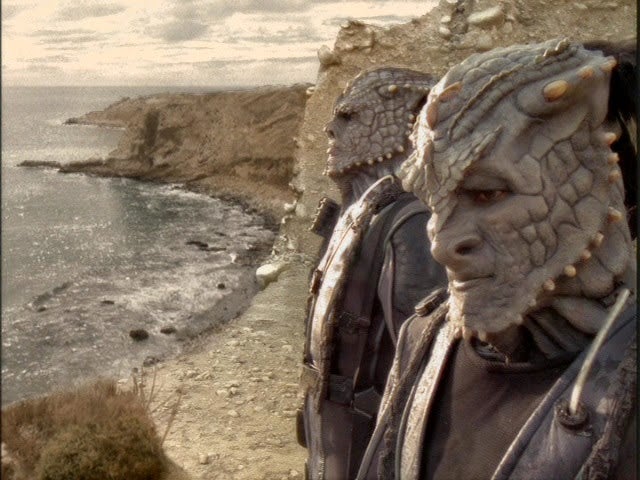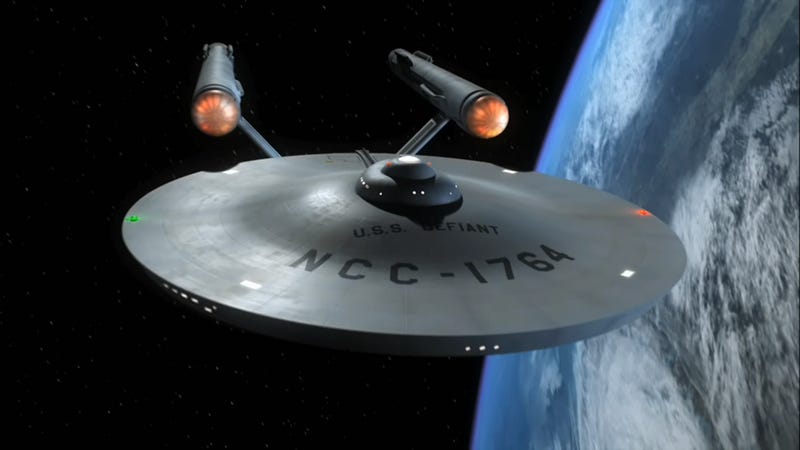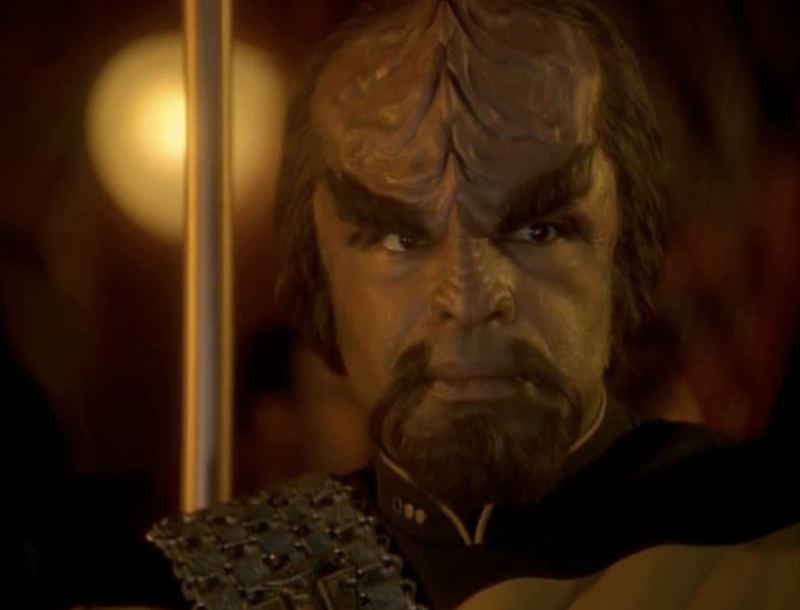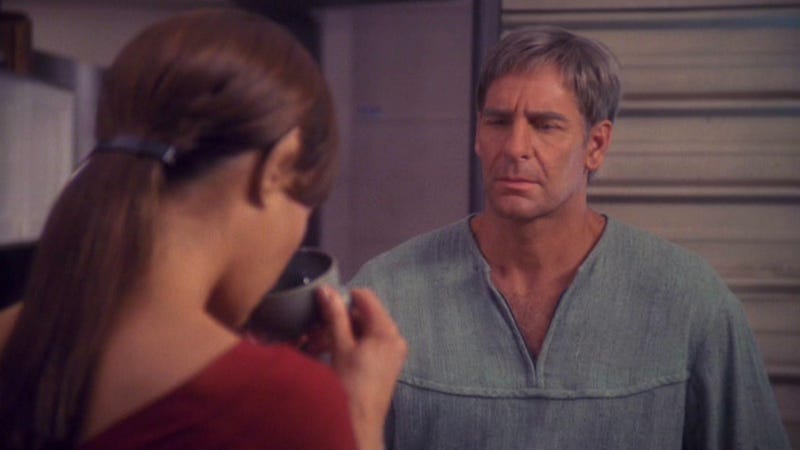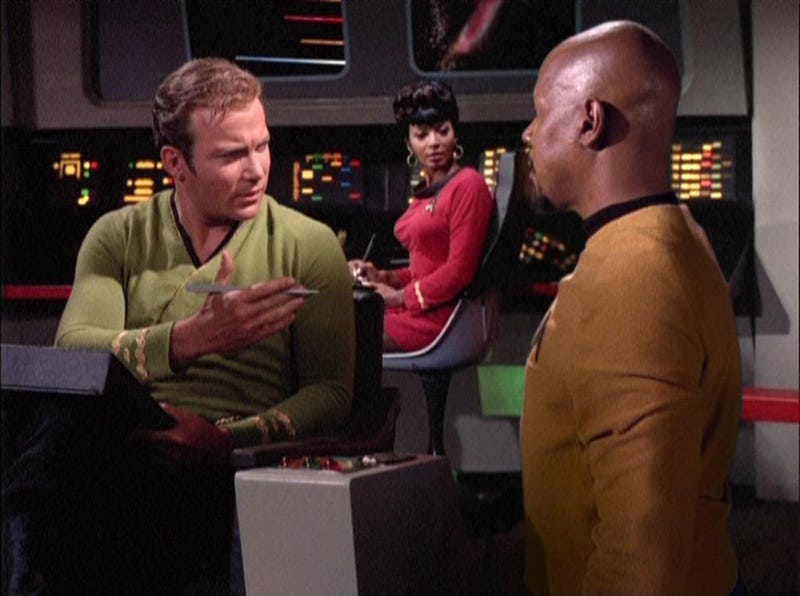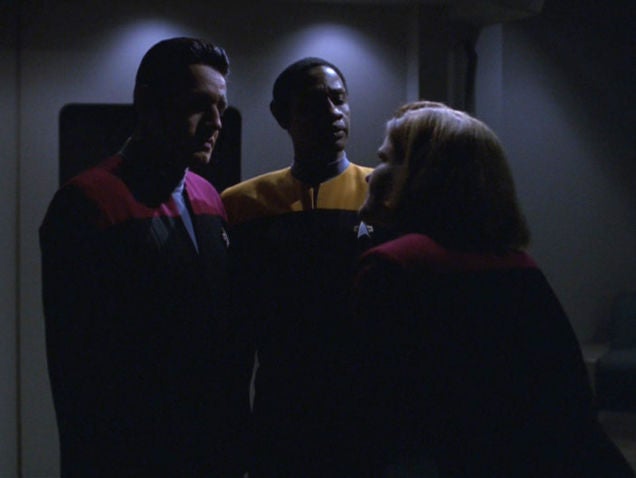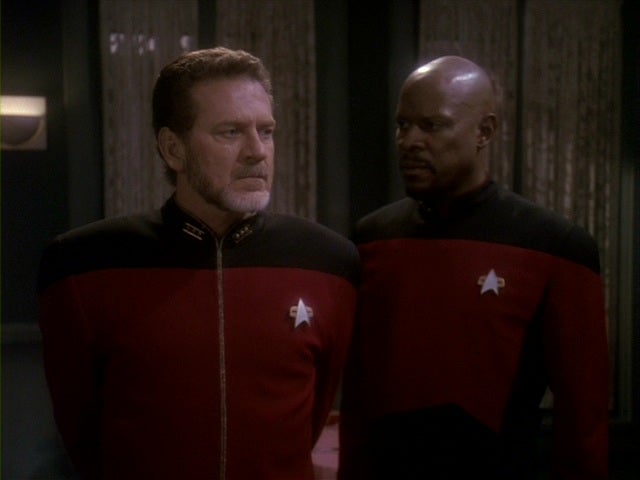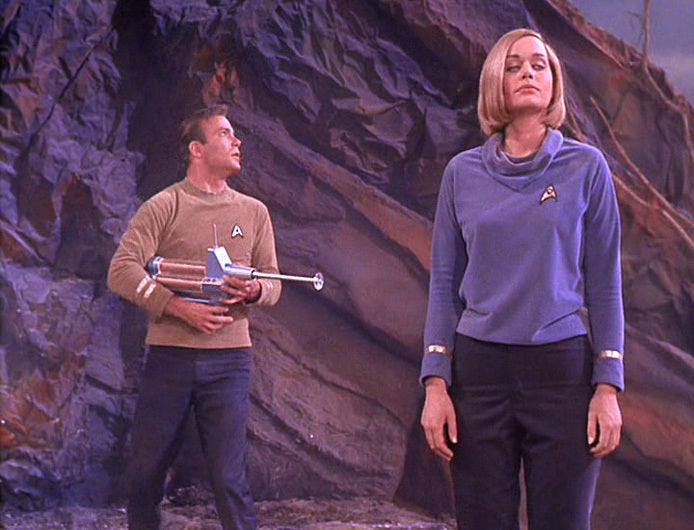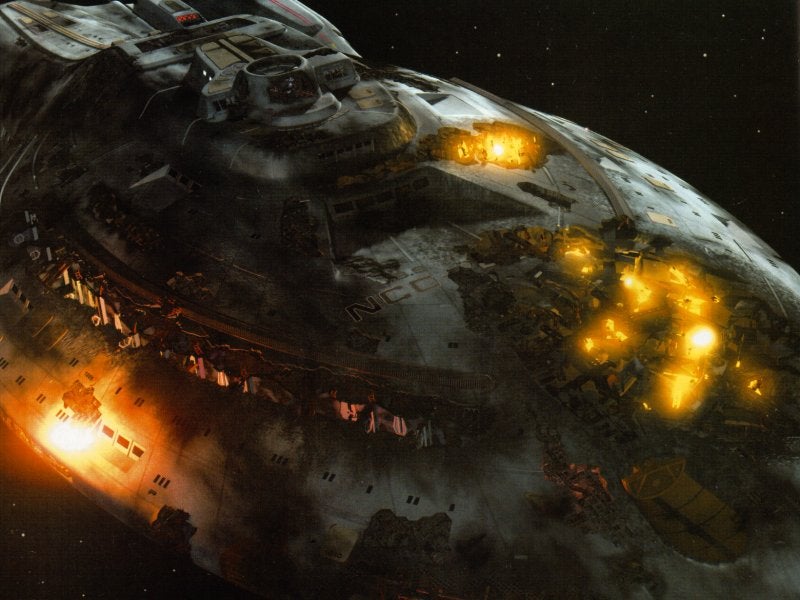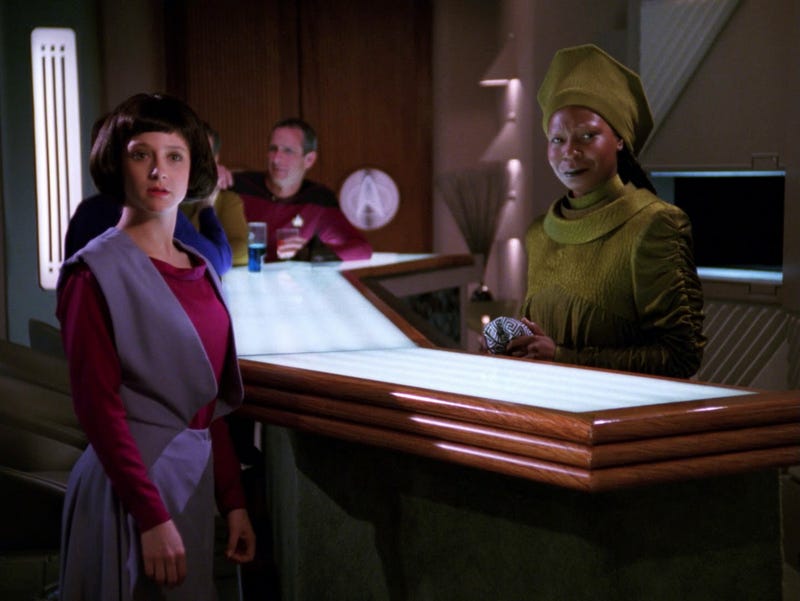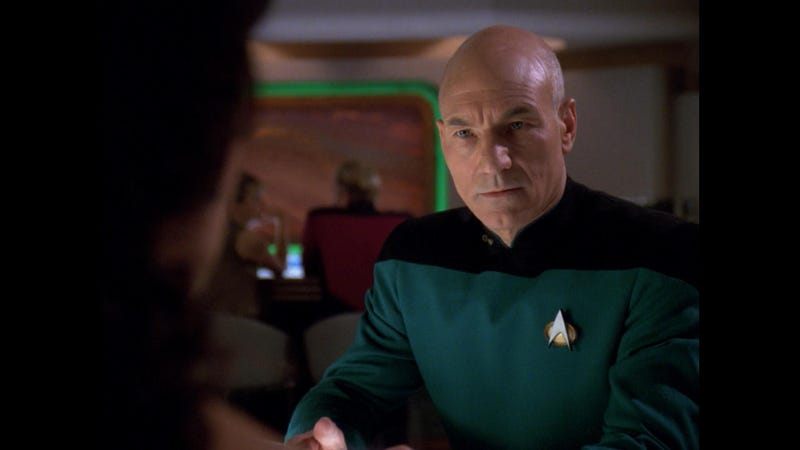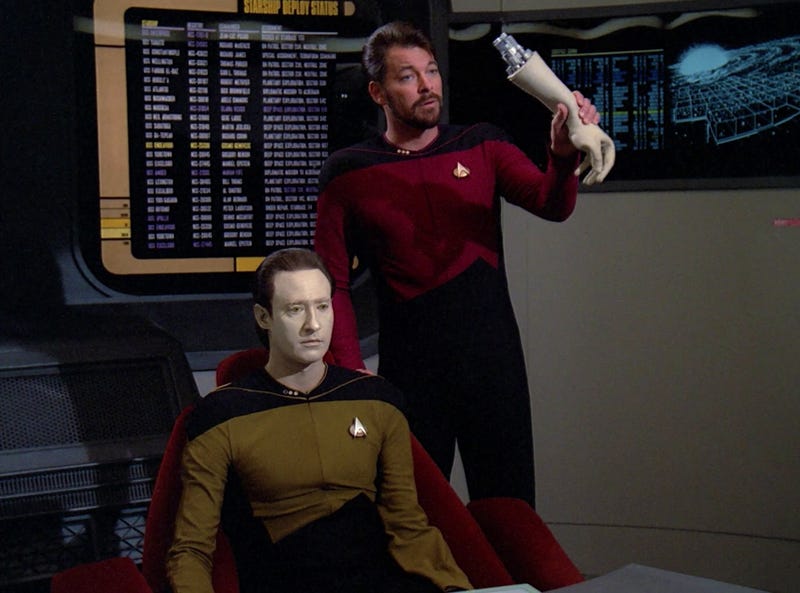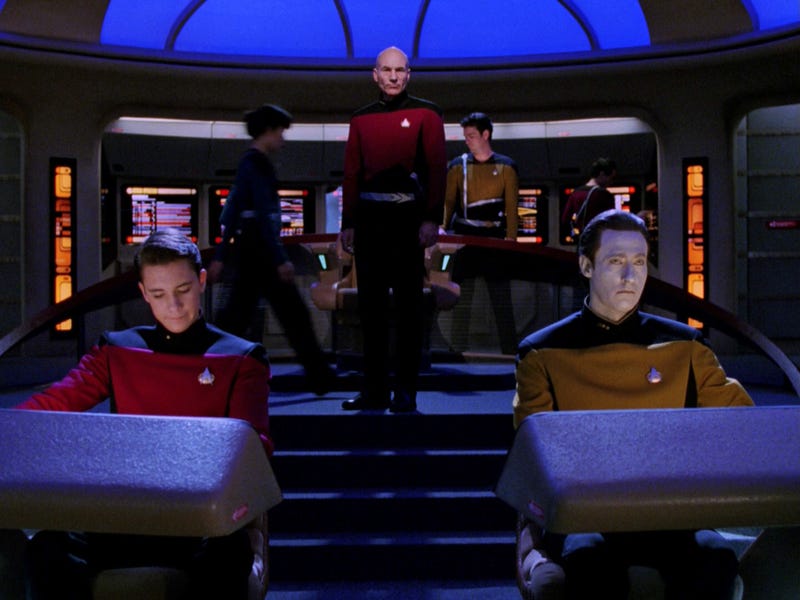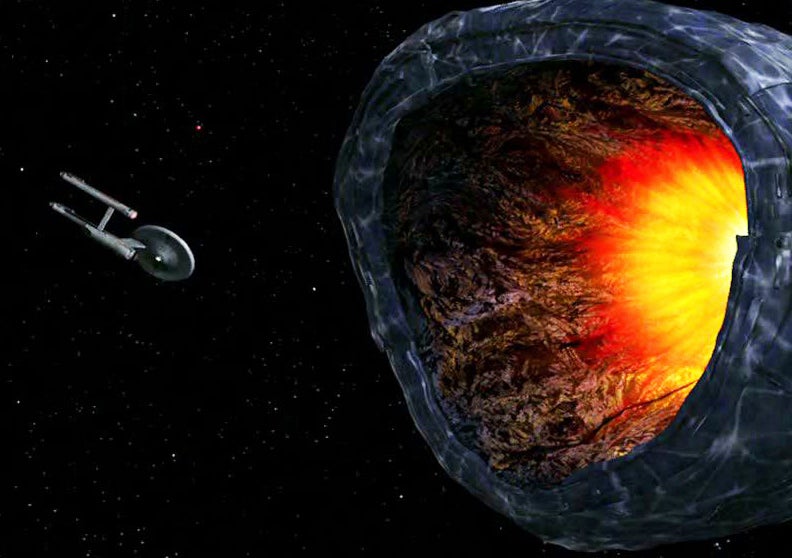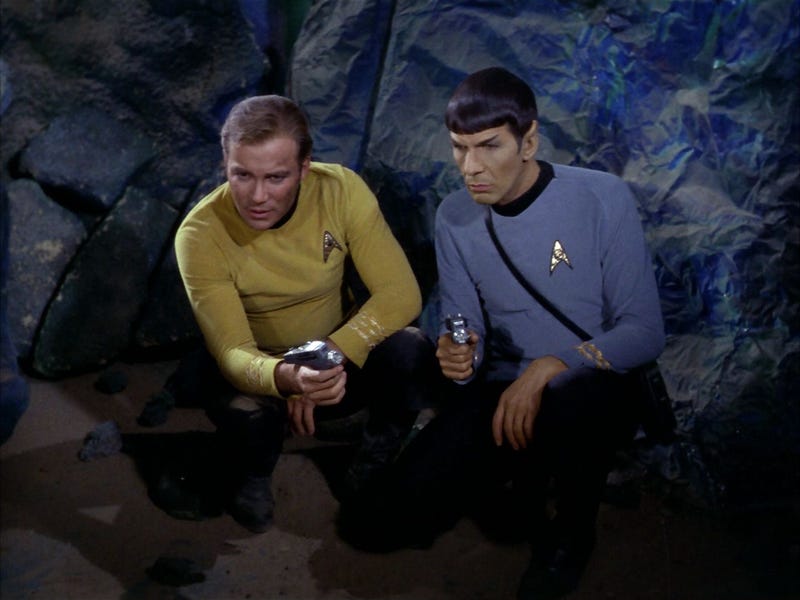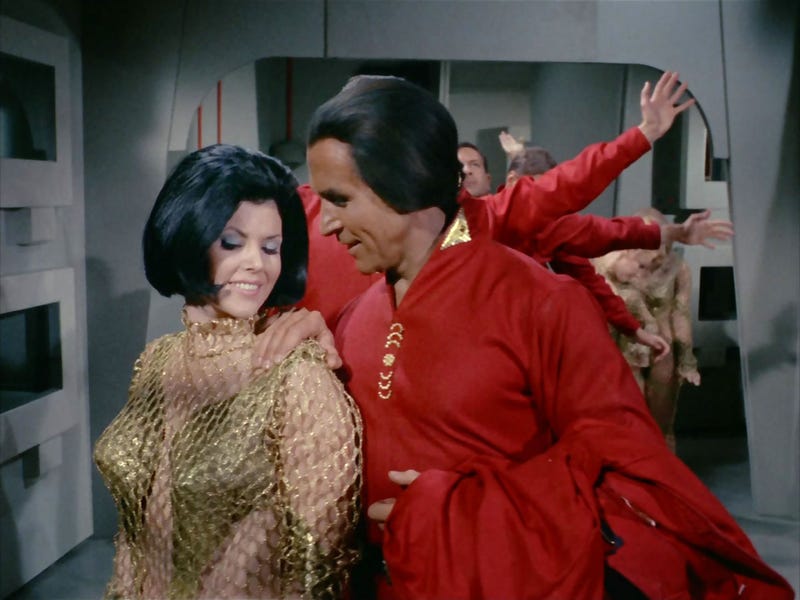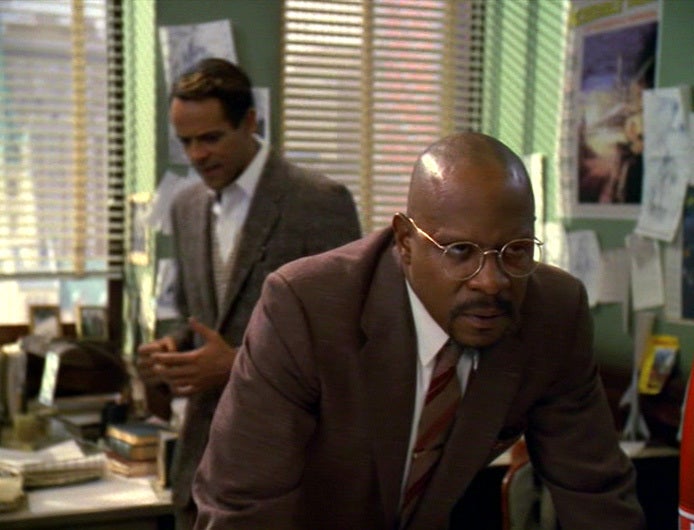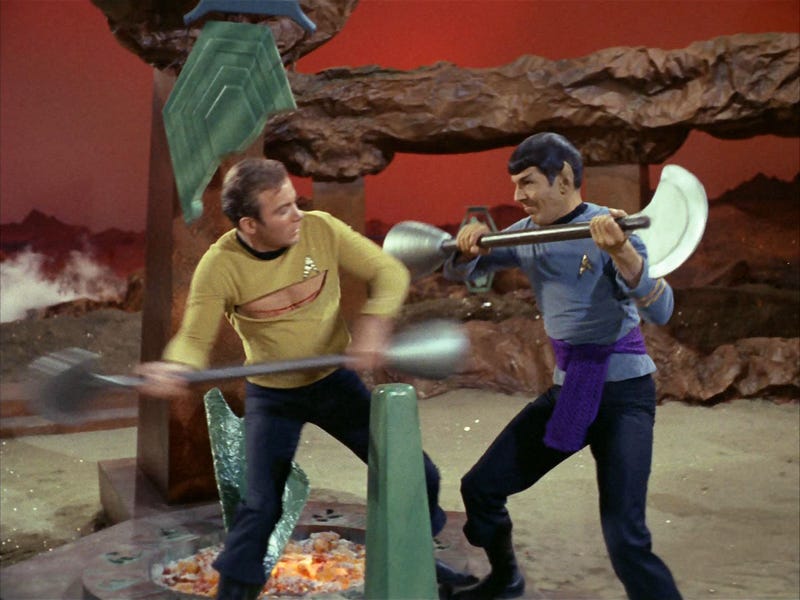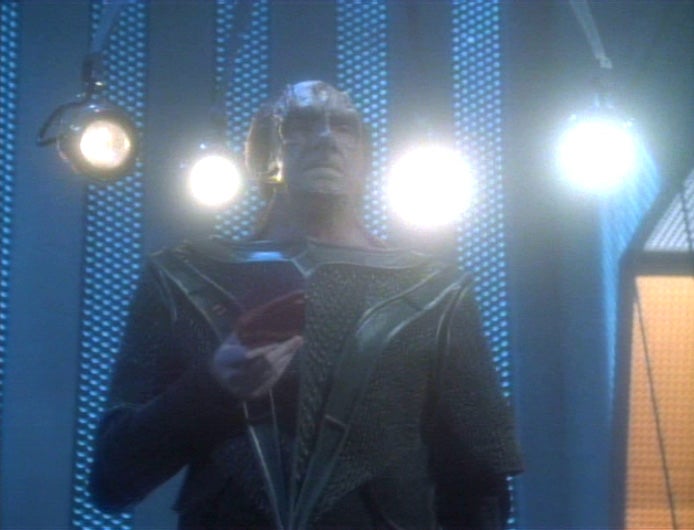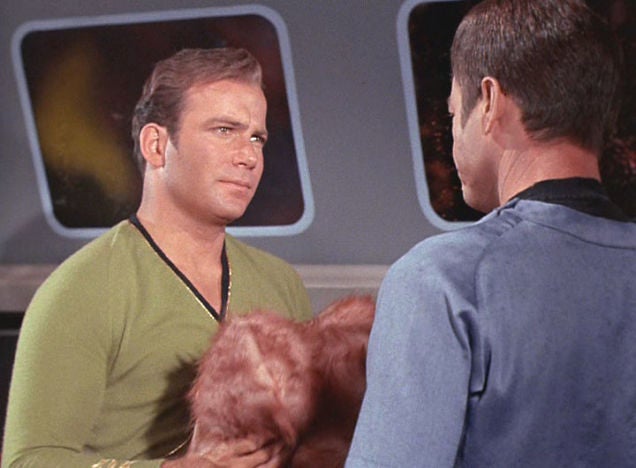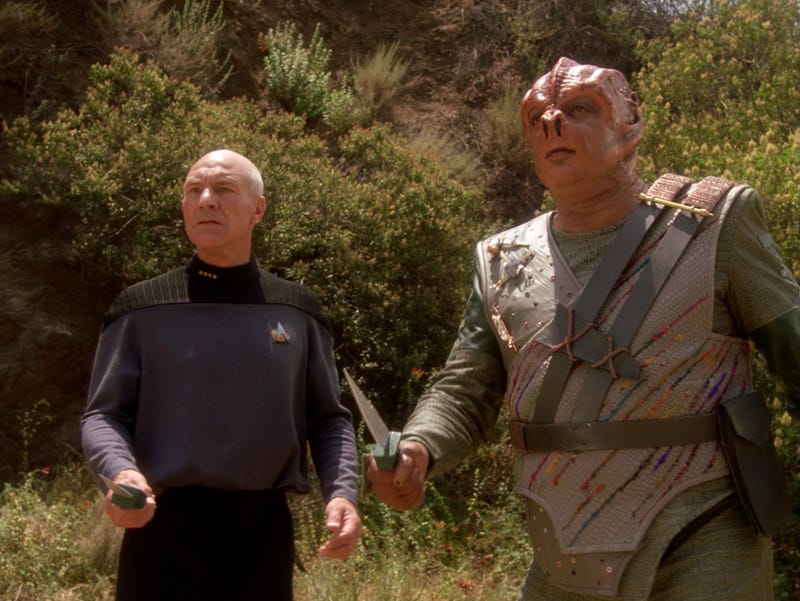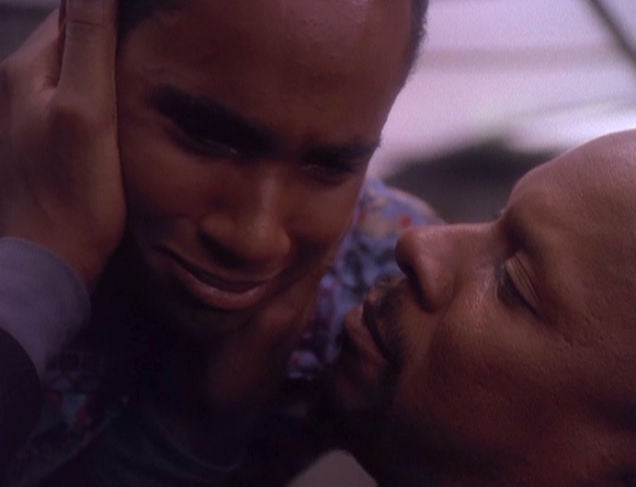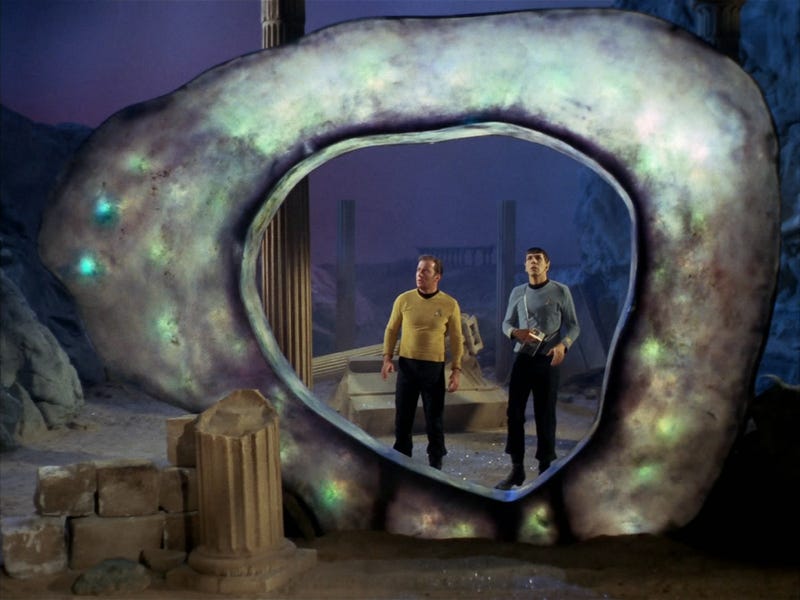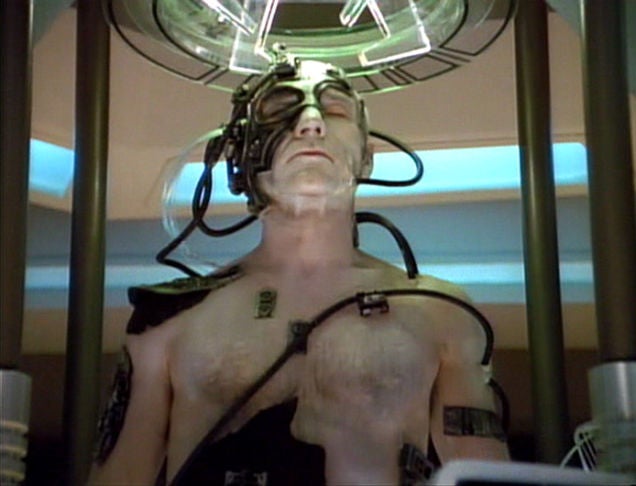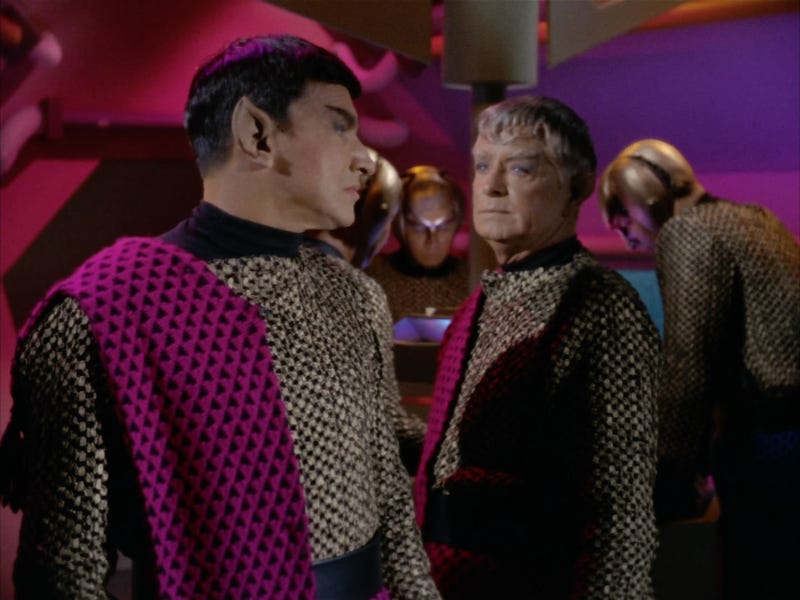On April 15, 1953, North Korean Po-2 biplanes strafed a U.S. Army tent on Chodo Island, off the Korean mainland. The attack killed two U.S. servicemen. Remarkably, that night, more than 60 years ago, was the last time a U.S. soldier lost his life to fire from enemy aircraft. Since the Korean War, U.S. air power has played a critical role in virtually every conflict, and the U.S. has enjoyed near-total air supremacy in every battle it’s fought. But that streak isn’t going to continue automatically. Despite lavish spending on our air forces; flawed procurement priorities and strategic doctrine, driven by contractors, has put the future of U.S. air power at risk. Take the new F-22 fighter. It’s the most expensive fighter in the air today, but as a recent story in The National Interest by long-time United States Naval Institute writer Dave Majumdar points out, even its missiles will have a hard time getting past the ability of Russia’s truly fearsome Su-35S Flanker E to jam radars and other sensors. The F-22 is very stealthy while the Su-35S is not, but a senior U.S. Air Force official tells Majumdar that the F-22 will have a hard time killing the Su-35Ss. These new Flankers are already in service with the Russian Air Force, and independent air analysts see this same plane achieving lopsided kill ratios against the U.S.’s other next-generation fighter, the F-35. Russian Su-35 FlankerRussian Su-35 Flanker A FLAWED AIR-POWER STRATEGY How did we end up with such pricey, brand-new fighters being unable to decisively defeat their opponents? United States air-power doctrine after the Korean War has emphasized “beyond visual range” (BVR) engagements. The idea: With sufficiently sophisticated missile technology, we can destroy enemy fighters from more than five miles away, long before the enemy can engage our aircraft. The cornerstone of BVR technology, large complex radars, required much bigger fighters to handle the aerodynamic challenges that bulky BVR radars present, as well as huge increases in power and cooling requirements. These larger fighters led to skyrocketing acquisition and maintenance costs. With the advent of stealth, the vision was expanded to include destroying enemy planes from behind a cloak, and costs skyrocketed again. Visions are not always realized, and recent advances in countermeasures, like the capabilities in the Su-35S, are just another chapter in a long history of BVR missiles not living up to the hype. Expecting BVR capabilities to deliver lopsided results against peer competitors now looks more like wishful thinking than a sound strategy. So why have billions of dollars of investments into BVR capabilities delivered such disappointing results? There are two main causes: FEAR OF FRIENDLY FIRE First, identify-friend-or-foe (IFF) technology — systems that enable forces to identify friendly platforms among potential targets — has not been reliable enough to allow our pilots to fire at blips on their radar screen without fear of committing fratricide. In other words, no matter how good our BVR technology, pilots still needed to get within visual distance before taking a shot. Progress has been made in IFF technology, in part because of better capabilities on our support aircraft, but it remains a problem. CONTRACTORS OVERPROMISE, UNDERDELIVER The second issue is that BVR missile technology has consistently failed to live up to the promises made by vendors and senior military leadership. On entering Vietnam, military leaders assured Congress that the radar-guided AIM-7 Sparrow carried by the complex and costly F-4 Phantom would give our pilots a 70 percent probability of a kill per missile fired. Instead, the much hyped Raytheon missile ended up with a BVR kill rate of less than 1 percent. Somewhat chastened, senior military leaders were forced to retrofit guns to the F-4 Phantom. Our cutting-edge missile technology has consistently failed to live up to the promises made by vendors and senior military leadership. The problems continued after Vietnam. In “Promise and Reality: Beyond Visual Range (BVR) Air-To-Air Combat” a 2005 paper done for the Air War College, Lieutenant Colonel Patrick Higby (now General Higby) shows in great detail that from Vietnam up to Desert Storm the billions invested BVR missile technology contributed almost nothing to the United States’ domination of the skies. Combining data from Israeli and American missions, he finds that out of 632 shots taken with BVR-capable missiles, only four resulted in kills from beyond visual range — a scant 0.6 percent. During this same period, 528 air-to-air kills were made at closer range — 144 with guns and 384 with missiles fired at opponents within visual range. BVR HAS ALMOST NEVER WORKED Starting with Desert Storm, there was an uptick in the number of kills achieved using the newer AMRAAM missiles, which are designed for relatively long range kills, but because neither the number of missiles used nor the range at which the BVR-capable missiles notched kills was recorded, it’s hard to reach any firm conclusions. We do have anecdotal evidence: In 1999, when two MiG-25s violated the no-fly zone over southern Iraq, U.S. fighters fired six of our most sophisticated BVR missiles at them. All six missiles missed and the MiG-25s escaped to fight another day. While pervasive coverage by AWACS surveillance and control planes has given our pilots much better friend-or-foe recognition, allowing more BVR shots to be taken, true BVR kills against competent opponents are rare. Future battles will continue to involve close-range dogfights — where superior numbers of smaller affordable fighters are better than inferior numbers of heavier, less agile, less reliable BVR-focused fighters. A 2011 RAND report noted that enemies successfully engaged beyond visible range after 1991 “were fleeing, non-maneuvering, and did not employ countermeasures.” “In Operation Allied Force,” the 1999 NATO bombing of Yugoslavia, RAND notes, “the Serbian MiG-29s that were shot down did not even have functioning radars.” In other words, we might now be achieving BVR kills against third-rate vastly outnumbered opponents while enjoying pervasive AWACS coverage. But that is a far cry from getting kills against equally skilled peer competitors in contested air space where we may be outnumbered in terms of both planes and missiles. Historically, our pilots’ superior skills have allowed our big BVR fighters to dominate dogfights despite their large size, but those same pilots flying smaller, less-expensive fighters would still have dominated. In other words, the billions invested in large expensive BVR-focused planes and missiles, while highly correlated with U.S air dominance, was not the cause of that dominance. Going forward, assuming huge kill ratios predicated on BVR missile technology looks even less wise: We have no record of successfully using such technology against peer competitors with the training and technology to dramatically reduce BVR missile effectiveness (like, say, the Russians’ Su-35S). Both the United States and its competitors will continue to make large investments to improve BVR missiles and BVR-missile countermeasures. Since neither effort is likely to gain a decisive advantage, future battles will continue to involve close-range dogfights — where superior numbers of smaller affordable fighters are better than inferior numbers of heavier, less agile, less reliable BVR-focused fighters. F-15 EaglesF-15 Eagles QUANTITY OVER QUALITY It’s unrealistic to expect heavily outnumbered U.S. planes to consistently take down large numbers of enemy fighters at long ranges. The large technology lead the United States once held over other major air powers has nearly evaporated, and regaining our post-WWII lead is well-nigh impossible. Moreover, other air powers have studied and adopted U.S pilot-training methods, and that gap, once large, has narrowed as well. In 2004, for instance, U.S. F-15 pilots were unpleasantly surprised to find themselves on the wrong side of a 9-to-1 loss ratio in exercises with Indian Air Force pilots flying Russian-designed planes, including small but formidable MiG-21s. We should plan on Chinese and Russian pilots being equally competent. There are other major problems with large BVR fighters. One such problem is that the cost per hour to fly them is now so great that some of our pilots are only getting about ten hours per month of actual flight time — not nearly enough to maintain superior skills. Further, these fighters’ huge maintenance requirements mean they spend less time in the air than other aircraft. The F-22 and F-15 can fly far fewer sorties per day than smaller, more reliable fighters such as the F-16. In other words: Large, higher priced, maintenance-intensive BVR-focused planes will often end up delivering less sustained combat power. F-35A at Eglin Air Force BaseF-35A at Eglin Air Force Base STEALTH: ANOTHER PRICEY, UNPROVEN INVESTMENT BVR’s kissing cousin, stealth, is also not the silver bullet it was portrayed to be 20-plus years ago, when development began on the Joint Strike Fighter (the F-35). In fact, counter-stealth technology is advancing and proliferating much more quickly than stealth technology. Recognizing this, the U.S. Navy is wisely hedging its bets by not being too reliant on stealth. Earlier this year, chief of Naval Operations Admiral Jonathan Greenert noted the inevitable limits of stealth: “Let’s face it, if something moves fast through the air, disrupts molecules, and puts out heat — I don’t care how cool the engine can be, it’s going to be detectable.” More Defense The Politically Correct Integration of the Marine Infantry Is a Mistake Should We Give ISIS What it Wants -- A Decisive Battle in the Middle East? Doing Stupid Stuff in the South China Sea With the rapid proliferation of integrated air defenses capable of seeing and targeting stealthy airplanes, the decades-old vision of flying into the teeth of the integrated air defenses of our top competitors and attacking them with impunity is a fast-fading fantasy. A modest premium for cost-effective stealth probably makes sense, but a huge premium for maintenance-intensive stealth doesn’t. Mathematical battle models, such as the Lanchester-square model, show numerical superiority rapidly swamps quality, meaning larger forces of less-capable planes can sweep opposing forces from the sky while suffering surprisingly small losses. And there’s certainly a good chance we’ll be facing more-numerous forces: Scenarios for defending Taiwan, for instance, have our pilots going up against Chinese pilots that could outnumber us by three to ten times. The RAND Corporation has done an instructive analysis: Even assuming we have unhittable planes with perfectly accurate missiles and opponents lining up to be shot down like sitting ducks, our forces cede airspace control over Taiwan to China while taking crippling losses in terms of support aircraft. More realistic assumptions have us losing many of our F-22s as well. Being on the wrong side of projections for these kind of scenarios is a bad place to be for our pilots. Getting to the right side of the equation will not be achieved by the fielding small numbers of $200-million-plus fighters whose core capabilities are inferior to most advanced fighters. The Air Force wants to retire the A-10 ThunderboltThe Air Force wants to retire the A-10 Thunderbolt FANCIER TECH DOESN’T ALWAYS WIN Advanced technology will always play a critical role in ensuring the success of our fighter aircraft, but we should also remember that quantity, tactics, and training can overcome technology. Ultimately, trying to maintain air-power dominance built on bleeding-edge technology that busts the budget, takes forever to develop, and delivers severely diminishing returns is a losing strategy in a world where technology rapidly diffuses. Better reliability, while not sexy, facilitates more sorties, puts more planes in the air, and enables better pilot training. In a world where firing up powerful active sensors makes you a target, it might make sense to field smaller fighters that rely more on networked, passive sensors. Traditional fighter performance metrics such as instantaneous turn rate, sustained turn rate, and thrust-to-weight ratio still matter. Our air-superiority fighters need to deliver unparalleled performance in the air, and they’re not. The USAF even acknowledges that the backbone of our future fighter corps, the F-35, isn’t designed to be an air-superiority fighter. Yet, along with air-superiority missions, the Air Force is counting on this strike fighter to perform close air-support missions that the inexpensive A-10 already does so much better. These compromises aren’t necessary. For the cost of one F-35, we can buy several air-superiority and close–air-support planes that will deliver far more bang for the buck. Sadly, contractors and top military brass gravitate to the fanciest, most expensive fighters possible with little regard for affordability and maintainability. It’s time to bring back the procurement discipline necessary to buy fighters with the right mix of capabilities and cost. That kind of strategy will allow us to field them in the numbers needed to maintain the air dominance our armed forces have been able to count on for the past 60 years.\

